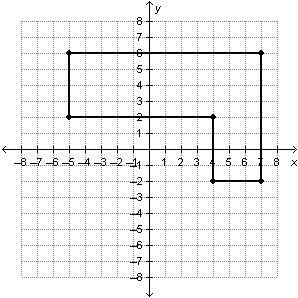
Mathematics, 28.12.2020 06:40, rcetrangolo
On a coordinate plane, a curved line with minimum values of (negative 2, 0) and (2.4, negative 51) and a maximum value of (negative 0.75, 6), crosses the x-axis at (negative 2, 0), (0, 0), and (3.5, 0), and crosses the y-axis at (0, 0).
Which statement is true about the end behavior of the graphed function?
As the x-values go to positive infinity, the function's values go to negative infinity.
As the x-values go to zero, the function's values go to positive infinity.
As the x-values go to negative infinity, the function's values are equal to zero.
As the x-values go to negative infinity, the function's values go to positive infinity.

Answers: 1
Other questions on the subject: Mathematics

Mathematics, 21.06.2019 23:40, Quidlord03
Which is the scale factor proportion for the enlargement shown?
Answers: 1


Mathematics, 22.06.2019 03:50, cookiebrain72
Write the equation for the graph with the vertex (-6,2) and focus (-7.25,2) a. (y-2)^2 = -5(x+6) b. (y+6)^2 = -5(x-2) c. (x+6)^2 = -5(y+2) d. (y-6)^2 = 5(x+6)
Answers: 1

Mathematics, 22.06.2019 04:00, triciazeeck62311
Ireally don't understand this, i'm really an idiot but i want to know how to figure this out. !
Answers: 3
Do you know the correct answer?
On a coordinate plane, a curved line with minimum values of (negative 2, 0) and (2.4, negative 51) a...
Questions in other subjects:

Social Studies, 31.07.2020 16:01


History, 31.07.2020 16:01

History, 31.07.2020 16:01



Mathematics, 31.07.2020 16:01










